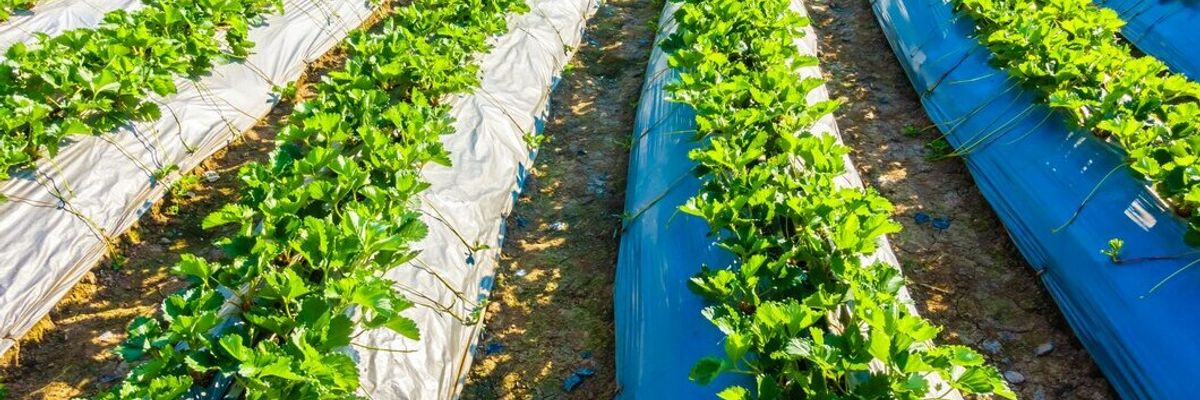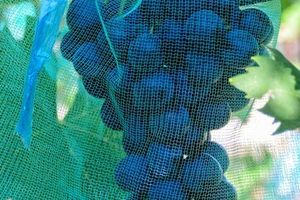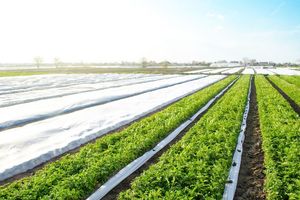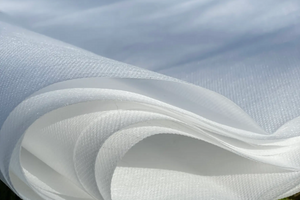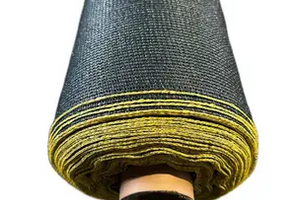Agrofiber has become an indispensable tool for many gardeners and farmers, especially when it comes to protecting plants in winter. This is a material that created a real revolution in the field of plant care, providing them with protection from the cold, while allowing them to "breathe". There are different types of agrofiber that have unique features and advantages.
What does it represent?
Agrofiber is a special non-woven material made of polypropylene fibers, which is used to cover plants. Its main function is to protect plants from adverse weather conditions, such as frost, strong wind, and temperature changes. But unlike other types of covering, agrofiber allows air and moisture to pass through, which allows plants to receive the necessary amount of oxygen and moisture, without creating a "greenhouse effect".
There are different types of agrofiber, differing in density, which varies depending on needs. For winter use, as a rule, agrofiber with a density of 30 to 60 g/m² is chosen. It can withstand fairly low temperatures, while protecting plants from freezing. Accordingly, the properties of agricultural fiber differ, which should be paid attention to when choosing.
Advantages of using agrofiber for winter protection of plants
One of the main advantages of agricultural fiber is its ability to retain heat. It creates a unique microclimate around the plant, thanks to which the soil and air under the cover retain more heat. This is especially important during periods when night frosts can suddenly strike after warm days. Plants covered with agrofiber are less exposed to sudden changes in temperature, which helps them survive the winter better. A high-quality agrofiber with an optimal temperature, thanks to which it is kept quite clearly, will be the optimal choice in the cold season. Other advantages of use include:
- On unlike polyethylene films, agricultural fiber does not interfere with natural air and water circulation. This means that plants do not suffocate under it, and the soil under the coating does not dry out. Thanks to this plant material get the necessary amount of moisture from atmospheric precipitation, as well as no accumulate condensate, which can become the cause of decay.
- Agrofibre reliably protects plants from strong winds that can harm the young shoots or cut leaves. It is also helps plants withstand weight snow without breaking under its pressure. Because agrofiber is quite light material, it is easy to use even on large areas.
- In winter there are often periods when it snows little or none, and plants can suffer from lack of moisture. Agricultural fiber helps preserve natural moisture in soil, keeping it at the root level plants, thereby preventing drying out.
High-quality agrofiber for plant protection is the optimal choice. It does not require complex manipulations or special knowledge: it is quite simple to cover the plants by fixing the agrofiber at the edges so that the wind does not tear it off. This is a really reliable winter shelter for plants.






